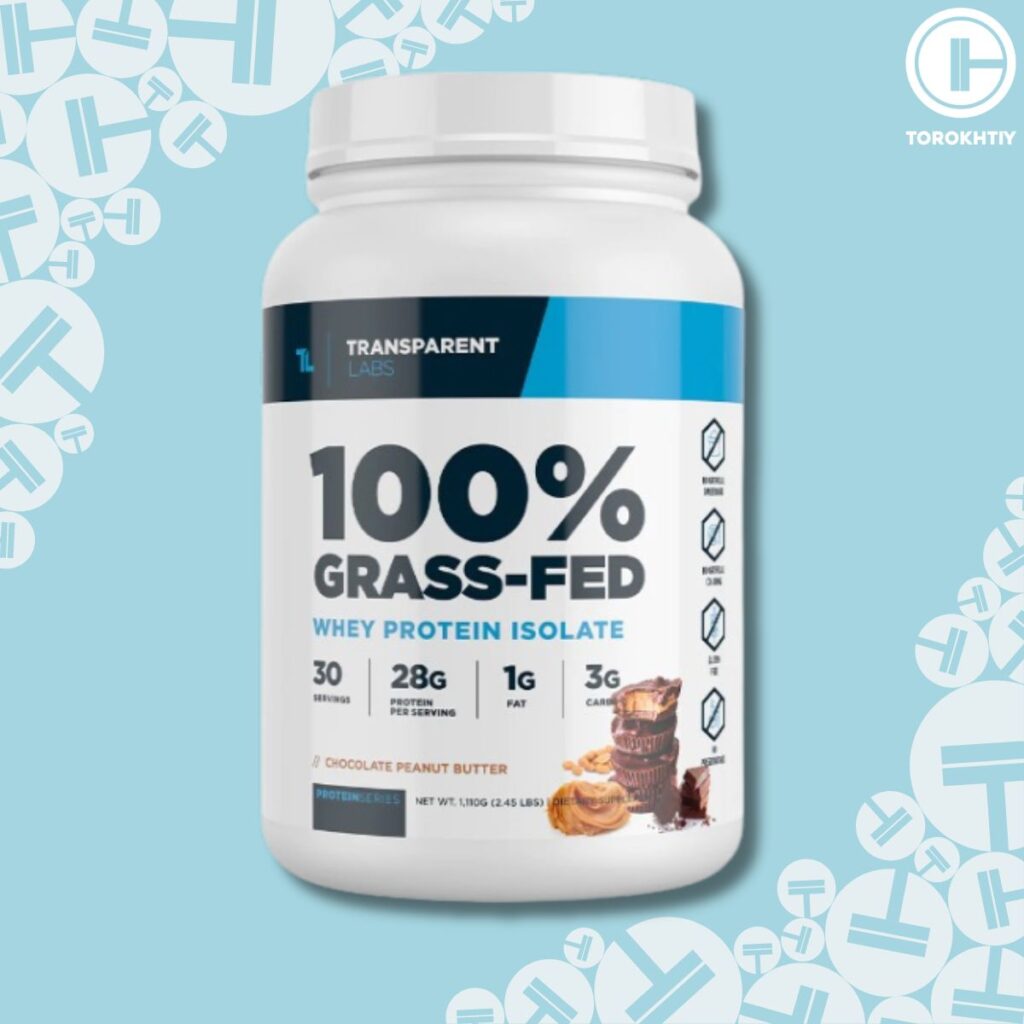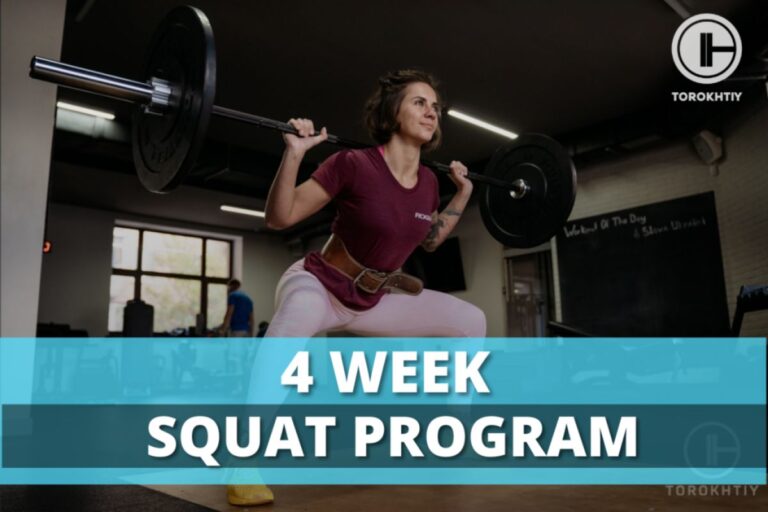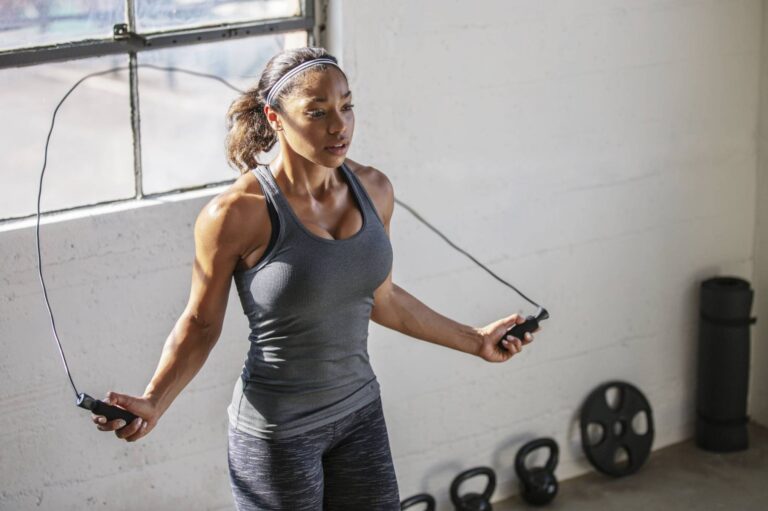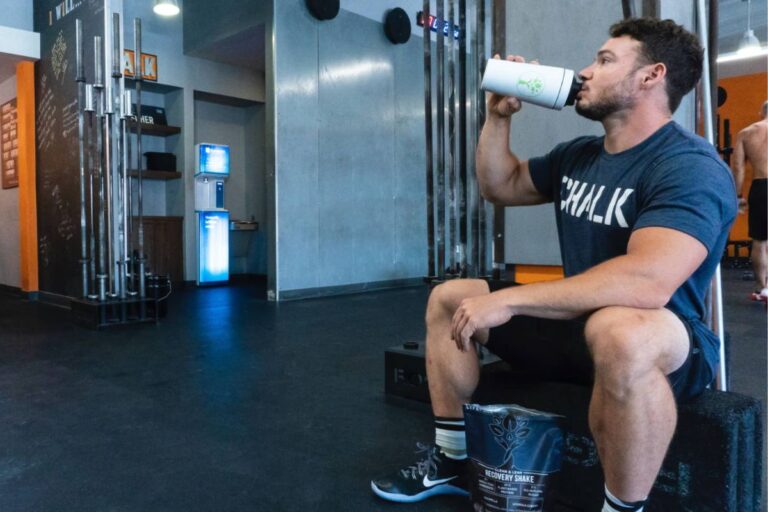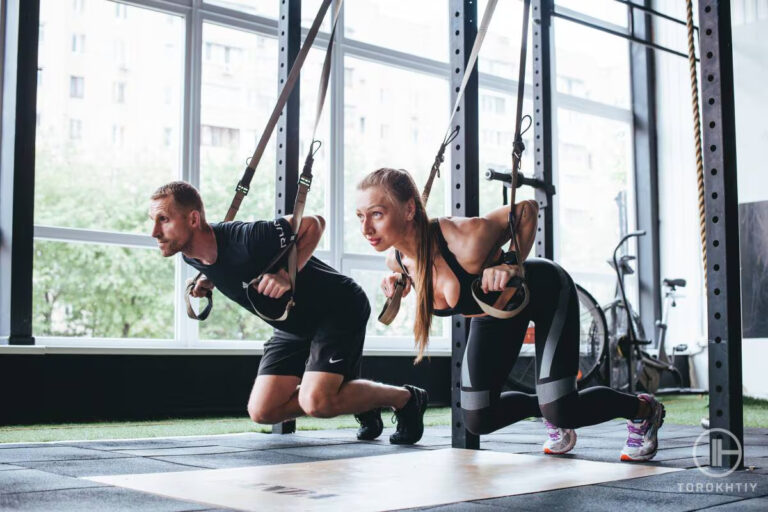Do You Have to Bulk to Gain Muscle?
In the weight room, almost everyone has at one time pondered: “Do you have to bulk to gain muscle?” This question brings up conflicting fitness theories. We’ll debunk exaggerations, examine the evidence surrounding bulking, and introduce efficient methods for muscle gain.
Do you have to bulk to gain muscle? Muscle gain is particularly feasible for beginners, those returning to training after a break and few other scenarios. However, for more advanced athletes, building muscle becomes more challenging and usually requires a more strategic approach, balancing diet and training intensity.
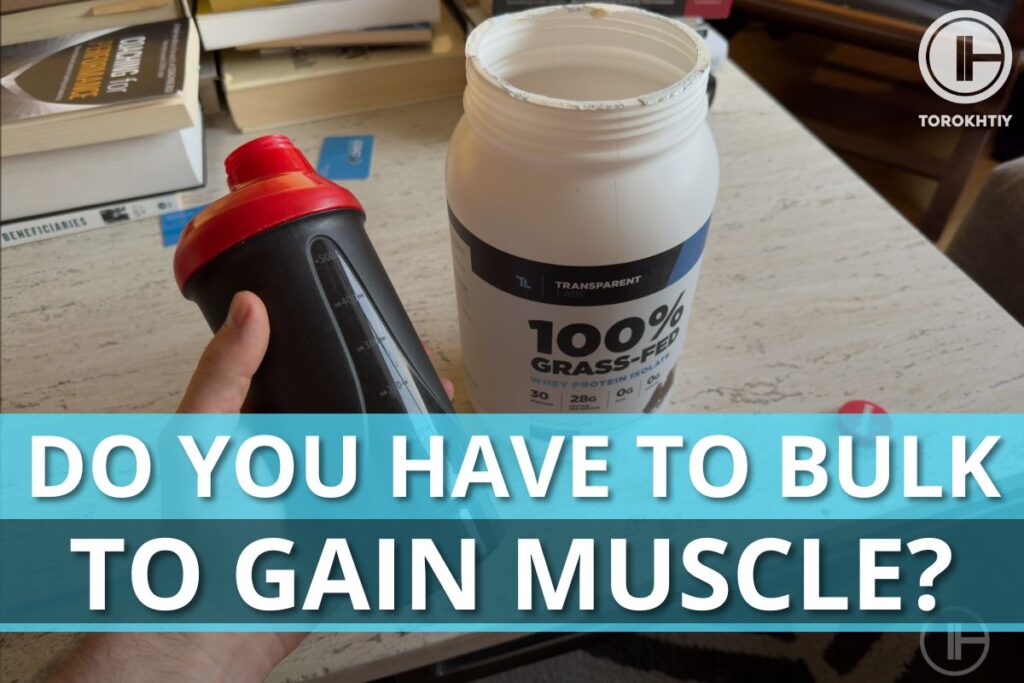
Bulking vs Cutting vs Body Recompostition Explained
If you haven’t lived under a rock – you’ve probably heard the terms bulking and cutting – the well known duo of physique transformation. Let’s quickly cover what they’re all about.
1. Bulking
When it comes to building muscle, the fitness world often divides into two camps – those who advocate for bulking and those who go for the “lean gains”. The classic bulking method is about eating significantly more calories than your body needs, often around 20-30% above your daily requirements, aiming to maximize muscle growth but also accepting some fat gain. After this bulking period, people usually shift into a cutting phase.
2. Cutting
During the cut, you eat fewer calories than your body needs to maintain your current physique, typically creating a similar deficit of about 20-30%. However, not all weight loss is the same – what do I mean by this? When you’re cutting or trying to lose fat, the main aim is to get rid of the extra body fat you put on during the bulk and at the same time, you want to make sure you don’t lose the muscles you worked hard for.
Do You Have to Bulk to Gain Muscle?
Traditionally, bulking has been seen as a necessary step for substantial muscle growth. Recent evidence (Helms et al. and Garthe et al.), however, suggests a shift from this traditional method of the bulk-cut cycle, towards the so called “lean gains”. It suggests that moderate calorie surpluses, ranging from 5-15% above maintenance levels, are adequate for muscle growth.
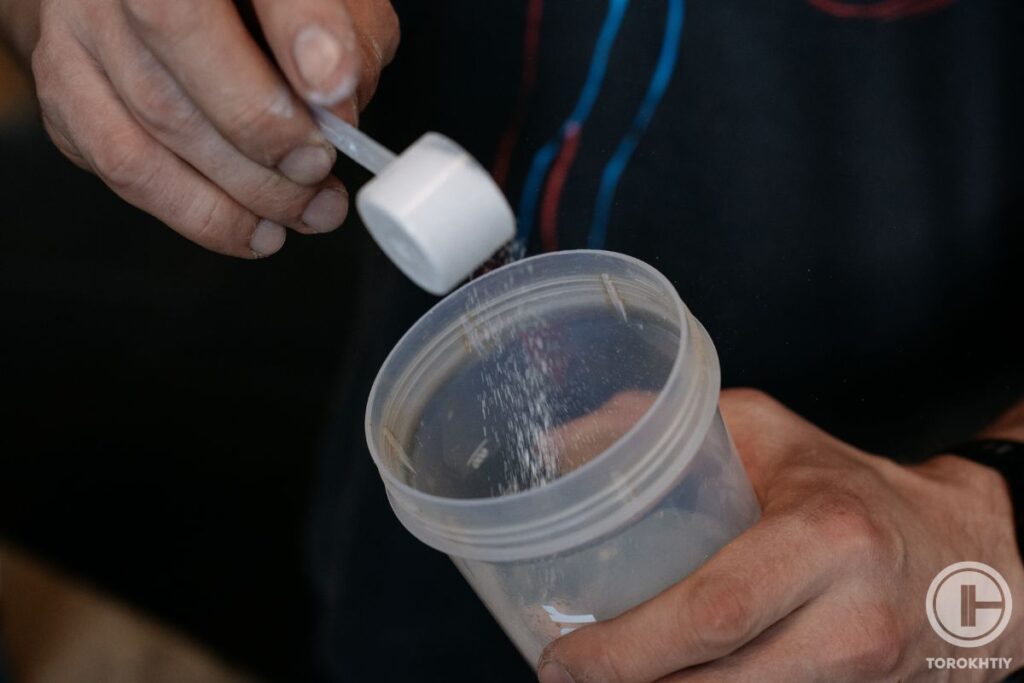
This approach helps in minimizing unnecessary fat accumulation and eases the transition to the cutting phase. According to the 2023 study by Helms et al. and the 2013 study by Garthe et al., gaining weight more gradually, at about 1% of your bodyweight per month, is more beneficial for controlling body fat while bulking. Faster weight gain often leads to more fat accumulation without additional muscle benefits.
This insight advocates for a more controlled, sustainable approach to muscle building. It’s worth mentioning that genetics also play a crucial role in how individuals respond to these methods, influencing their ability to build muscle or store fat. Another common question is “ Does bulking make you stronger ?”
Although bulking can lead to strength gains, it’s not the only path to increased muscle power, as strength is not solely dependent on muscle size. The lean gains approach also helps avoid the potential negative health impacts and mental stress associated with excessive fat gain, particularly for those who are conscious of their physical appearance and muscle size.
Yet, muscle building is not just a game of calories. The quality and composition of these calories are equally crucial. A diet that is rich in proteins is essential for muscle repair and growth, while complex carbohydrates provide sustained energy, and healthy fats contribute to hormonal balance.
The science behind bulking is primarily centered around the principle of progressive overload in resistance training. Recovery, including sufficient sleep and rest days, is important as well during the bulking process. It’s during rest that muscle repair and growth occur, supported by the release of anabolic hormones like testosterone and growth hormone.
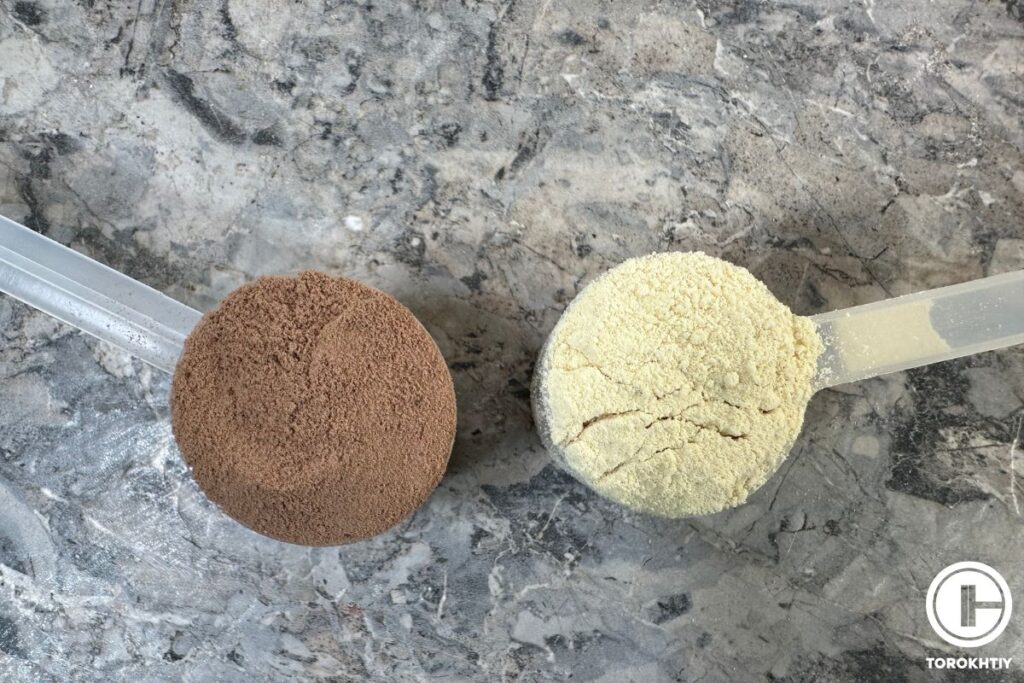
People have different fitness goals that influence their bulking preferences. Athletes needing agility or a particular aesthetic may prefer to stay leaner – they prioritize how they look. In fact, to prevent fat gain, it’s ideal to start bulking with a low fat percentage. The higher the percentage of body fat, the greater the chances of gaining fat during bulking.
Others maybe don’t mind gaining some fat when bulking. If one is comfortable with their body fat level, a flexible bulking approach can aid size and strength goals. It comes down to personal priorities. On the question can you get big without bulking – we will tell you this – if you want to build muscle, you don’t need to eat big to get big.
Body Recomposition
Now on the question : is bulking necessary to gain muscle? Building muscle doesn’t always require you to be in a calortic surplus. As we’ve discussed, the conventional approach to build muscle and lose fat consists of separate strategic methods – a phase of bulking then followed by a a cut. What if we tell you can do both at the same time with no need for separate phases.
It’s not a work of fiction and there’s even term for it – body recomposition. It’s perfectly possible to build muscle without being in a large caloric surplus or even without any surplus at all. Moreover, muscle tissue and fat tissue are separate systems, and with the right strategies, it’s feasible to gain muscle without bulking and lose fat simultaneously. So can you build muscle without bulking?
Absolutely, it’s important to note, however, that there’s nothing inherently wrong with the traditional approach of the bulking-cutting cylces, in fact these are the most effective strategies to gain muscle and lose fat. However, the old school bulking approach often leads to simultaneous fat gain, which many individuals are not comfortable with. Let’s quickly outline the situations where I think recomposition makes the most sense and see who can benefit from it:
Who Can Build Muscle Mass and Lose Fat at the Same Time? Is Body Recomposition Right for You?
Building muscle while cutting is very difficult for most experienced lifters and typically leads to some muscle loss along with fat. Let’s see who can benefit the most from this approach:
1. If You Are Untrained/Newbie
New lifters are perfectly positioned for simultaneous muscle growth and fat loss. Their fresh muscles are keenly sensitive to training stimuli and readily tap into fat stores for energy. Just a few sets of compound lifts, practiced with good form, fuels novice gains. With the engine of progressive overload revved up, newbies can transform their bodies even at a modest caloric surplus or deficit. (Barakat et al., 2020)
2. If You Are Overweight or Obese
For the overweight and obese, plentiful body fat can provide energy for muscle building without aggressive overfeeding. Through strength training that challenges the muscles, plus a modest calorie deficit, the overweight can shed fat while packing on lean muscle mass. Excess adipose tissue funds this recomposition process.
3. If You Are Returning to Training After a Long Break
Detrained lifters also have a recomposition edge thanks to muscle memory. Though fitness may have declined during time off, seasoned muscles rebound quickly when heavy training resumes. The catabolic clock resets as veterans regain size and strength at an accelerated rate. Smart programming has detrainers looking better than ever.
4. If You Have Been Training for a While, but Your Diet and Training Program Are Far From Optimal
Let’s not forget about the experienced but underachieving lifter. These folks have put in time at the gym but never quite optimized their training or nutrition. They left gains on the table. With a renewed focus on progressive overload, dialing in their diet, and improving lifestyle factors, even seasoned gym-goers can recompose their bodies.
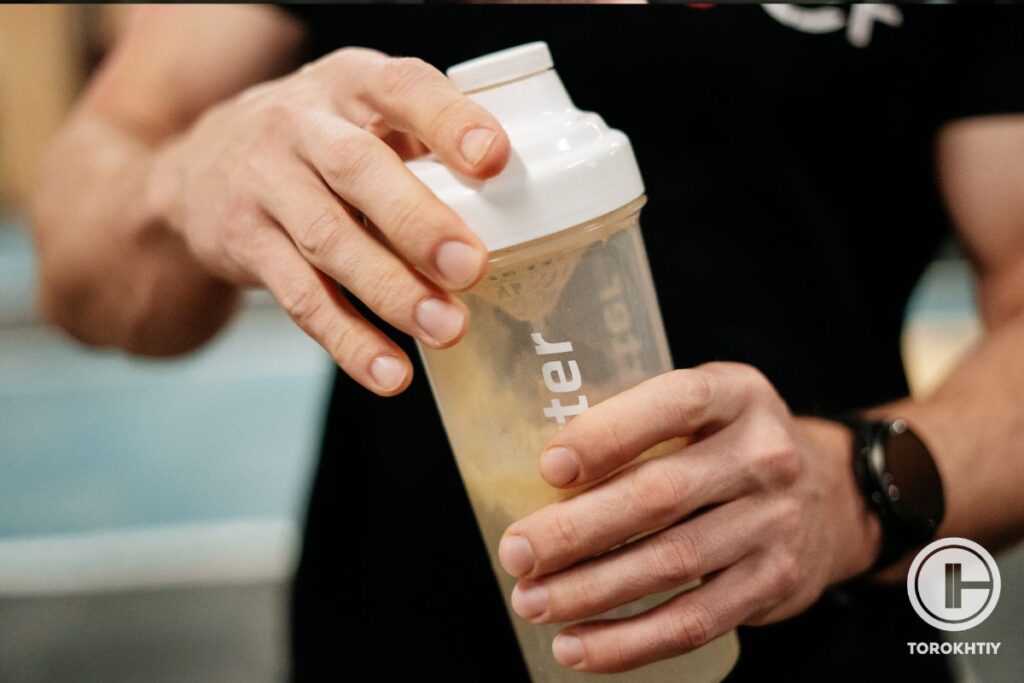
5. If You Use Anabolic Steroids
For enhanced lifters, anabolic steroids provide a shortcut to simultaneous gains in muscle and losses in fat. These synthetic compounds allow the body to build substantial contractile tissue while drawing energy from adipose stores. High protein intake and progressive training optimizes recomposition under chemical assistance.
The More Advanced You Get, the Harder it is to Recomp
While beginners can often achieve recomposition with basic training and nutrition principles, it becomes more challenging the more trained you are. However, with a meticulous approach, natural advanced lifters can still make progress in losing fat while gaining muscle.
It requires carefully balancing training variables like volume, intensity, and recovery along with nutrient timing and totals. Tracking changes and making adjustments quickly is of great importance. For advanced athletes, recomposition happens slowly over time. Consistency, dedication, and attention to detail are required to continue improving.
How to Gain Muscle and Lose Fat at the Same Time
1. Prioritize Progressive Training
Understand that training is the key driver of body recomposition. No matter how great your diet is, you won’t build significant muscle without proper training. Think of training as the engine and nutrition as the fuel for your progress. Focus on progressive overload, appropriate effort, and proper technique. Fine-tune your training volume based on your skill level. Aim for 10-20 sets per week per body part for most lifters.
2. Set a Primary Goal
Decide whether your primary goal is to build muscle or lose fat. Lean individuals may prioritize muscle building, while those with more body fat may focus on fat loss.
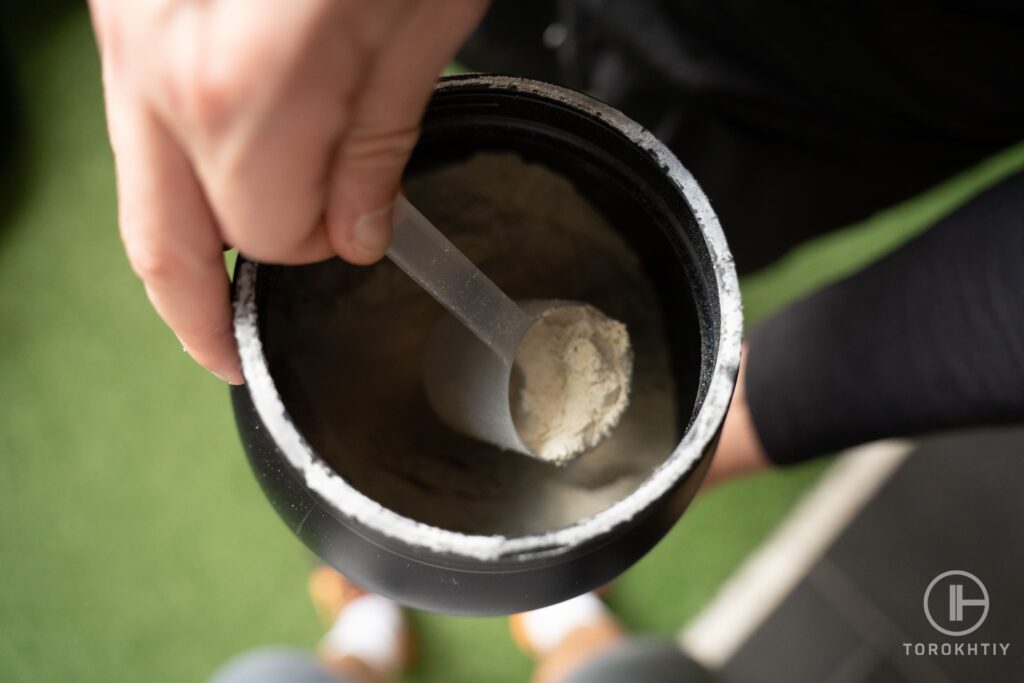
3. Adjust Caloric Intake
Base your calorie intake on maintenance (the calories needed to maintain your current weight). For muscle building, add 5-20% to your maintenance intake. For fat loss, create a 10-20% caloric deficit.
4. Determine Macronutrient Targets
Transparent Labs’ 100% Grass-Fed Whey Protein Isolate
- Serving Size: 32.96 grams
- Price Per Serving: ~$1.8
- Protein Percent Of Weight (%): 85%
- Proteins: 28 grams
- Carbohydrates: 1 gram (depends on flavor)
- Fat: 0.5 gram (French Vanilla only)
- Added Sugar: 0 gram
- Calories Per Serving: 120
- Recommended By Athletes: Hafþór Júlíus Björnsson, Terron Beckham, Paul Sklar
The challenge in cutting for most people lies in losing fat while preserving muscle mass. To minimize the loss of muscle mass during a cut, protein intake is critical. Best data (Morton et al., 2018; Hector et al., 2018) suggests 1.8 to 2.7 grams per kilogram of bodyweight or 0.8 to 1.2 grams per pound of bodyweight. Proteins are less likely to be used for energy and more likely to support muscle maintenance in a calorie deficit.
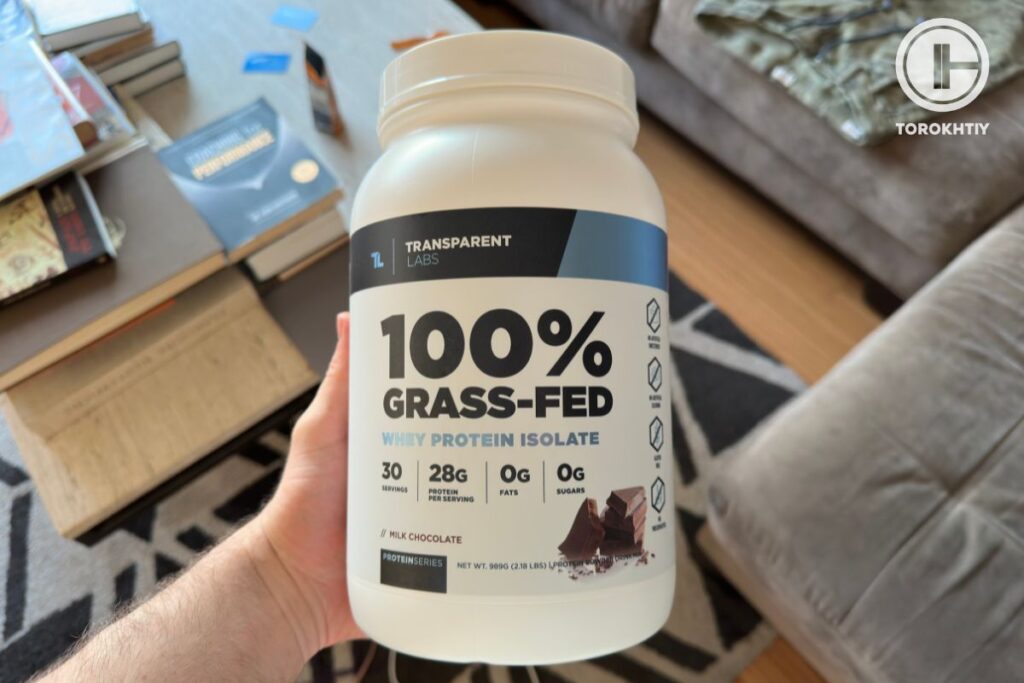
Protein has a higher thermic effect of food (TEF) compared to carbohydrates and fats, meaning its digestion consumes more energy, which is beneficial during a cut. For quality protein supplementation, Transparent Labs’ 100% Grass-Fed Whey Protein Isolate offers a clean and effective option. Remember to set your fat intake to at least 20% of your total caloric intake for a balanced approach.
5. Pay Attention to Details (Optimization)
Attention to detail is essential for achieving optimal body recomposition, but it becomes more critical as you advance your training and nutrition regimen. In this process, quality sleep plays an important role. Not only does adequate rest contribute to muscle recovery but it also affects the hormonal balance that plays an important role in muscular growth and fat loss.
Second, peri-workout nutrition is also a key factor. This entails making sure you have the right proportions of proteins, carbs and fats to drive your training sessions as well as promoting recovery.
FAQ
Can You Build Muscle Without Bulking?
Building muscle is simple for beginners: lift weights and eat enough protein. As you progress, it becomes more complex and you have to consider more details. Newbies, returnees, and a few other cases can gain muscle even in a deficit. So it’s not yes or no – but depends on who you are.
Do I Have to Bulk or Cut to Gain Muscle?
It depends on how experienced you are, your workout history, and your own situation.
Can You Lift Without Bulking?
Absolutely, you can lift weights and maintain your weight. If you want to progress just make sure to eat well, sleep and hydrate so you can recover and improve.
Conclusion
There different paths to building muscle based on each person’s unique needs and goals. While traditional bulking has its place, especially among certain athletes, emerging research and diverse fitness experiences suggest alternative paths to muscle gain. Whether you’re a beginner, a returning trainee, or an advanced athlete, your approach to building muscle can vary. Have you ever tried recomposition? Share your experience and questions in the comments!
References:
- Helms, Eric R., et al. “Effect of Small and Large Energy Surpluses on Strength, Muscle, and Skinfold Thickness.” (2023).
- Garthe, Ina, et al. “Effect of nutritional intervention on body composition and performance in elite athletes.” European journal of sport science 13.3 (2013): 295-303
- Morton RW, Murphy KT, McKellar SR, et al. A systematic review, meta-analysis and meta-regression of the effect of protein supplementation on resistance training-induced gains in muscle mass and strength in healthy adults [published correction appears in Br J Sports Med. 2020 Oct;54(19):e7]. Br J Sports Med. 2018;52(6):376-384. doi:10.1136/bjsports-2017-097608
- Hector AJ, Phillips SM. Protein Recommendations for Weight Loss in Elite Athletes: A Focus on Body Composition and Performance. Int J Sport Nutr Exerc Metab. 2018;28(2):170-177. doi:10.1123/ijsnem.2017-0273
- Barakat, C. M., Pearson, J., Escalante, G. D., Campbell, B., & De Souza, E. O. (2020). Body Recomposition: Can Trained Individuals Build Muscle and Lose Fat at the Same Time? Strength and Conditioning Journal, 42(5), 7-21. doi:10.1519/SSC.0000000000000584
Why Trust Us?
With over 20 years in Olympic Weightlifting, our team does its best to provide the audience with ultimate support and meet the needs and requirements of advanced athletes and professional lifters, as well as people who strive to open new opportunities and develop their physical capabilities with us.
By trusting the recommendations of our certified experts in coaching, nutrition, dietology, and sports training programming, as well as scientific consultants, and physiotherapists, we provide you with thorough, well-considered, and scientifically proven content. All the information given in the articles concerning workout programming, separate exercises, and athletic performance, in general, is based on verified data. We ensure that you can rely on our professionals’ pieces of advice and recommendations that can be treated as personalized ones which will benefit you and fully meet your needs.
The product testing process is described in more detail here
Camila has worked as a Nutritionist for 7 years. In addition to being a nutritionist, she is an amateur weightlifting athlete for 2 years. Camila has experience at Flamengo’s football base and in a food supplement company and currently provides services at a clinic. At the moment she is coursing a postgraduate study in Sports Nutrition.

